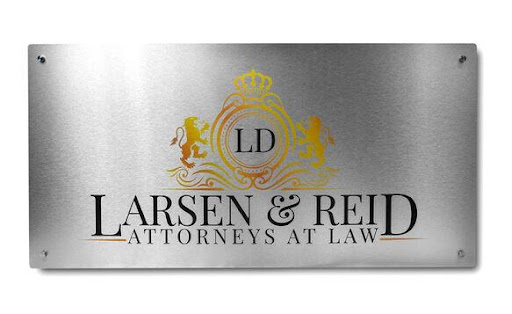Temporary signage serves as a valuable tool for various purposes, such as advertising, conveying information, wayfinding/directions and promoting safety. Whether you’re hosting an event, running a construction site, or managing a temporary situation, understanding the uses and best practices for temporary signage can help you effectively communicate your message.
Uses for Temporary Signage
Event Promotion
Temporary signage can be used to promote events such as concerts, festivals, trade shows, or community gatherings. Place signs in strategic locations, such as high-traffic areas, to attract attention.
Wayfinding/Directions
Temporary signs can be used to provide directions or guide people to specific locations. For example, if you’re organizing a large event, use signs to indicate parking areas, entrance points, restrooms, or food vendors. Clear and concise messaging, along with arrows or symbols, can help people navigate easily.
Safety Information
Temporary signage plays a crucial role in promoting safety in construction sites, temporary roadwork zones, or hazardous areas. Display signs that warn of potential dangers, provide instructions for safety measures, or indicate restricted access.
Temporary Regulations
Temporary signage can inform people about temporary regulations or changes in policies. For instance, if there’s a temporary parking restriction or a change in traffic patterns, use signs to communicate the new rules. Ensure that the signage is conspicuous and placed where it’s easily visible to avoid confusion.
Temporary Business Signage
If you’re running a pop-up shop, a seasonal business, or a temporary promotion, signage can help attract customers and generate awareness. Use signage to display key information, such as business name, hours of operation, special offers, or temporary contact details. Design the signs to align with your branding and place them strategically to maximize visibility.

At Colographic, we recommend customers to use these substrates (materials) for the highest quality temporary signs:
Banners PVC or Mesh: Banners are a common form of advertising or communication that display a message, image, or brand in a visually prominent way. They are typically made of a flexible material such as vinyl or fabric and are designed to be hung or displayed in a horizontal or vertical orientation. Very inexpensive and affordable.

Foamboard: Foam board is typically made of a polystyrene foam core sandwiched between two layers of paper or plastic. It is relatively inexpensive and easy to work with, making it a popular choice for temporary signs, posters, and presentations. However, it is not the most durable or long-lasting material for outdoor or high-end signage applications.

Alumalite: Consists of a thin aluminum sheet bonded to a solid polyethylene core. It provides a sleek and modern look, exceptional durability, and is suitable for both indoor and outdoor applications.

Dibond: Is a type of aluminum composite material that consists of a polyethylene core sandwiched between two aluminum sheets. It offers excellent rigidity, weather resistance, and a premium appearance.
Aluminum: Aluminum is a highly durable material, known for its resistance to corrosion and weathering. It can withstand harsh outdoor conditions, such as rain, snow, and sunlight, without rusting or deteriorating. This durability ensures that aluminum signs have a longer lifespan compared to signs made from other materials.

Corrugated Plastic: Corrugated plastic signs are made from a lightweight, weather-resistant plastic material that can withstand various outdoor conditions. They are resistant to water, UV rays, and fading, making them suitable for long-term outdoor use. Very lightweight and cost effective. Can be used as yard signs or attached to a wall.

Best Practices for Temporary Signage:
Keep it Simple and Clear: Use concise messaging and avoid cluttering your signs with excessive information. Use large, legible fonts and limit the number of words to ensure quick comprehension, especially for passing pedestrians or drivers.
Use High-Quality Materials: Temporary signage should be durable and withstand weather conditions, especially if they’re displayed outdoors. Choose materials such as corrugated plastic, vinyl banners, or weather-resistant laminated paper. Ensure that the signs are securely mounted or displayed to prevent damage or accidents.
Maintain Consistency: If you’re using multiple temporary signs for a specific purpose or event, maintain consistency in terms of design, colors, and fonts. This creates a cohesive visual identity and reinforces recognition.


